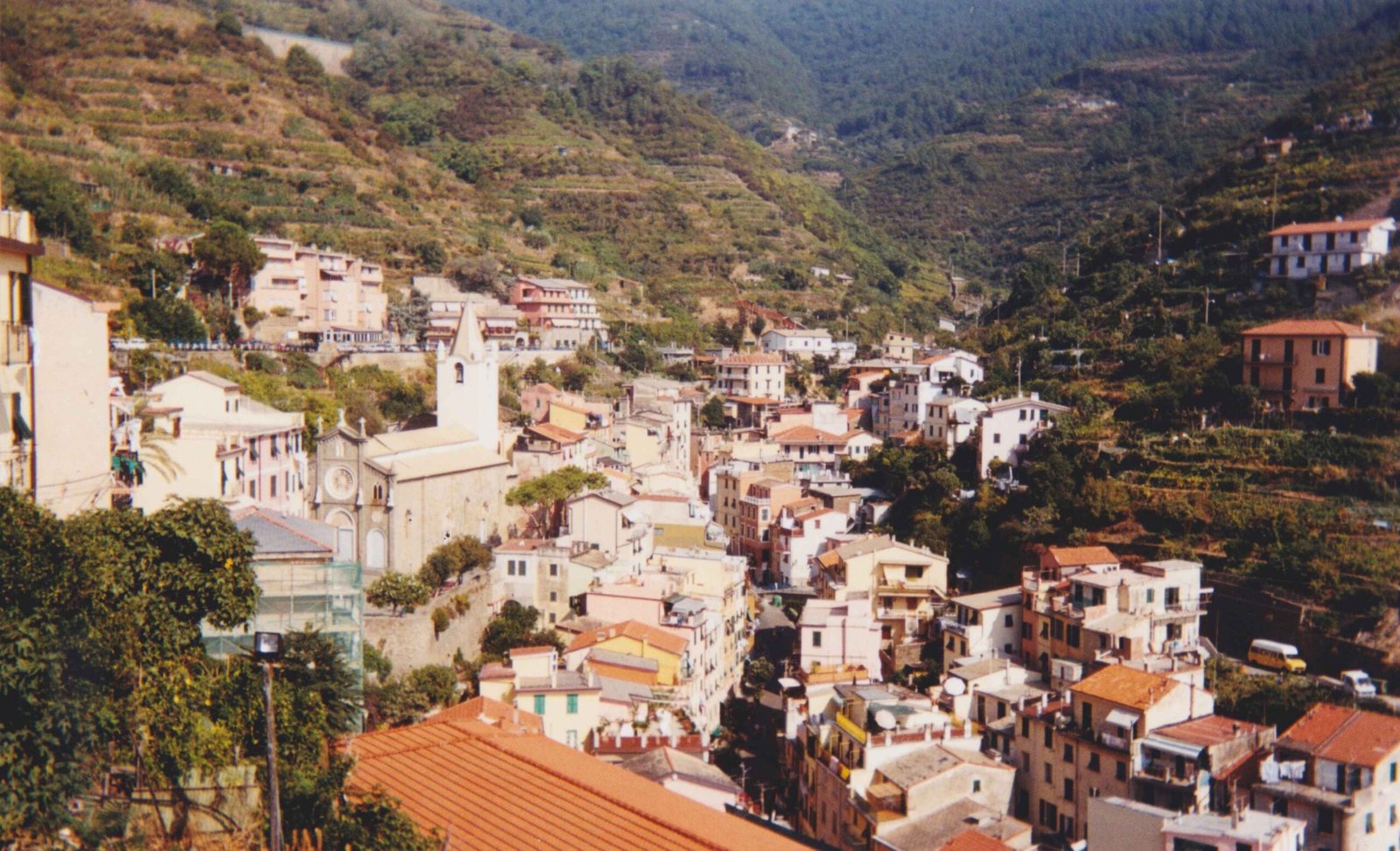The Cinque Terre railway construction represents a remarkable engineering achievement that transformed the rugged Italian coastal landscape during the late 19th century. Spanning challenging terrain with 51 tunnels and 23 bridges, this infrastructure project connected isolated villages, revolutionizing transportation and economic development in the Ligurian region through unprecedented geological and environmental challenges.
What Made Cinque Terre Railway Construction Unique?
The Cinque Terre railway construction was an extraordinary engineering endeavor that navigated some of Italy’s most challenging coastal terrains. Unlike traditional railway projects, this line required innovative techniques to traverse steep cliffs, unstable rock formations, and complex geographical landscapes.
How Did Engineers Plan the Initial Railway Route?
The initial railway route was conceptualized through a Royal Decree-Law on 27th October 1860, with ambitious plans to connect Ventimiglia with Massa in Tuscany. Key planning considerations included:
- Minimizing tunnel lengths
- Following coastal contours
- Ensuring structural stability
- Managing environmental impacts
What Were the Major Construction Challenges?
| Challenge | Description | Solution Implemented |
|---|---|---|
| Geological Instability | Rugged coastal terrain | Precise tunnel engineering |
| Material Transportation | Limited land access | Sea-based material logistics |
| Terrain Complexity | Steep cliff landscapes | Polycentric arch techniques |
What Technological Innovations Emerged?
Engineers developed groundbreaking techniques to overcome geographical obstacles:
- Advanced tunneling methods
- Specialized bridge construction techniques
- Adaptive engineering approaches
- Precise geological mapping
How Long Did the Construction Take?
The Cinque Terre railway construction spanned multiple phases:
- 1860: Initial route planning
- Late 1860s: Construction begins
- 22nd July 1874: First railway line inaugurated
- 1970s: Track doubling completed
What Was the Economic Impact?
The railway transformed local economies by:
- Connecting isolated villages
- Facilitating trade
- Enabling tourism development
- Providing reliable transportation infrastructure
What Technical Specifications Define the Railway?
Technical details highlight the project’s complexity:
- Total railway length: 44 kilometers
- Number of tunnels: 51
- Total tunnel length: 28 kilometers
- Number of bridges: 23
- Total bridge distance: Nearly one kilometer
How Did the Railway Influence Regional Development?
The Cinque Terre railway construction had profound socio-economic implications:
- Reduced geographical isolation
- Stimulated economic interactions
- Enabled population mobility
- Created new employment opportunities
What Environmental Considerations Were Addressed?
Environmental management during construction involved:
- Minimal ecosystem disruption
- Strategic tunnel and bridge placement
- Careful material transportation
- Preservation of natural landscape integrity
Conclusion
The Cinque Terre railway construction stands as a testament to human engineering prowess, transforming an challenging coastal landscape into a connected, accessible region through innovative technological solutions.

